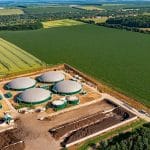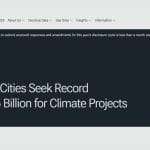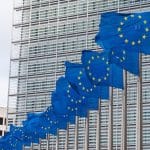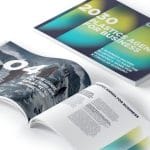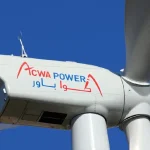USGBC Opens LEED v5 Certification, Setting New Global Standard for Green Building
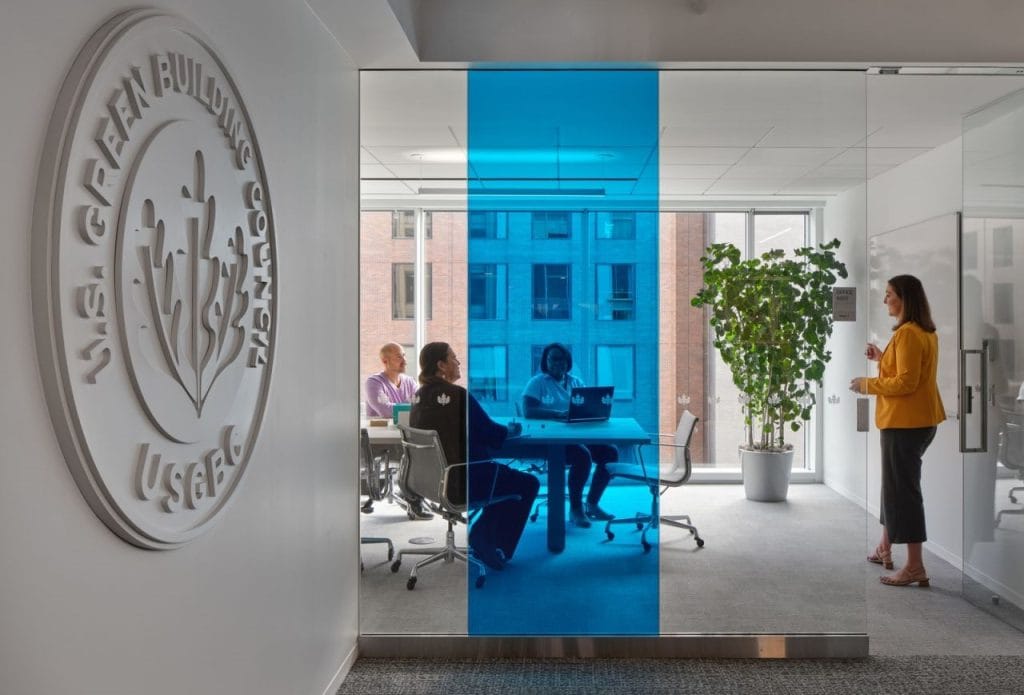
• LEED v5 is now open for certification, introducing new decarbonization and resilience benchmarks for global building projects.
• Updated tools and guides aim to simplify project planning, certification, and integration with WELL and SITES frameworks.
• Early adopters show measurable carbon, cost, and energy reductions, positioning LEED v5 as a market standard for high-performance assets.
A New Phase for Global Green Building
The U.S. Green Building Council (USGBC) has officially opened project certification for the LEED v5 rating system, the latest evolution of the world’s most widely used green building standard. The rollout coincides with the Greenbuild International Conference and Expo in Los Angeles, where the organisation is offering practical training sessions, workshops, and on-site demonstrations to accelerate global adoption.
LEED v5 redefines how buildings achieve near-zero carbon status by integrating stricter energy, resilience, and human-health metrics. It aligns closely with global decarbonization goals, offering a framework that positions the built environment as a lever for climate mitigation and quality-of-life improvements.
“Since releasing the rating system earlier this year, we’ve seen a rapid spread of interest across the industry,” said Peter Templeton, USGBC President and CEO. “Recognizing that LEED v5 represents a major step forward, we’re providing new resources and hands-on guidance to ensure users can apply the system effectively.”

New Tools and Integration Pathways
The LEED v5 platform includes digital scorecards and calculation tools built around three central impact pillars: decarbonization, quality of life, and ecosystem restoration. Supporting materials — including the updated LEED v5 Reference Guide, scorecard builders, recertification guides, and a decarbonization workbook — give project teams detailed pathways from design to verification.
In a nod to convergence across green-building systems, USGBC has also introduced revised “crosswalks” that align LEED v5 with the International WELL Building Institute’s WELL standard and the SITES program for landscape and site sustainability. This interoperability is expected to ease certification for developers pursuing multiple frameworks, cutting administrative time and costs while enhancing alignment with investor-preferred sustainability benchmarks.
Data-Driven Benefits for Developers and Investors
According to recent analysis by Cushman & Wakefield, buildings achieving LEED certification tend to outperform peers on asset value, occupancy, and rental yields. LEED v5 aims to strengthen this value proposition by making carbon reduction and efficiency metrics central to its top-tier certifications. For the first time, LEED Platinum projects must meet minimum verified carbon-reduction thresholds, positioning them as models for net-zero transition.
Through early pilot testing of LEED v5 for Operations and Maintenance (O+M), more than 20 projects worldwide have already been certified, reporting lower operating costs, stronger tenant satisfaction, and measurable environmental gains. The framework’s new Decarbonization and Capital Planning protocols require deep cuts in on-site energy use, emissions, and water consumption — criteria that resonate with corporate climate-risk management and investor disclosure requirements under the SEC, CSRD, and ISSB frameworks.
RELATED ARTICLE: Measurabl Partners with USGBC California to Power Statewide Building Performance Hub
Human and Economic Dimensions of Design
In Mexico City, the LEED v5 Platinum-certified Torre Diana has become a showcase of this integrated approach. “LEED certification is not only a technical standard but a symbol of prestige,” said Felipe Flores, Director of Operations at Reichmann International. “Tenants feel proud to be part of the project, which fosters stronger, longer-term relationships. It proves that sustainability, performance, and a future-focused vision can operate together.”
The program’s emphasis on human well-being — including air quality, lighting, and social value — complements financial outcomes. USGBC sees the system as a route to both market resilience and equitable urban development.
Scaling Green Building for Global Impact
By embedding decarbonization requirements into every rating level, LEED v5 expands access to low-carbon, high-performance design beyond elite projects. USGBC expects the framework to catalyse a new wave of investment in green construction and retrofits, supporting global net-zero and biodiversity goals while offering practical pathways for compliance with emerging disclosure and taxonomy rules.
As the Greenbuild conference continues through November 7, USGBC’s new suite of resources and live training sessions is expected to accelerate industry adoption. For investors and developers navigating the next decade of ESG compliance, LEED v5 marks a structural shift: a data-driven, outcome-based system aligning real-estate value with climate accountability.
Follow ESG News on LinkedIn

